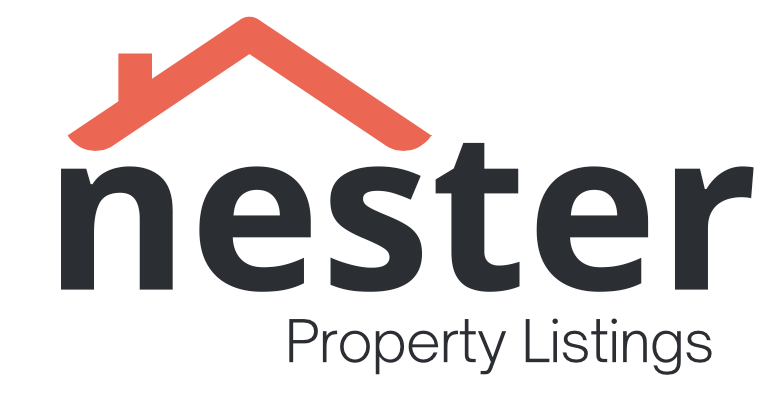Building A House In Flood Zone ===
Living in a flood zone can present unique challenges, particularly when it comes to constructing a new home. However, with careful planning and the right strategies, it is possible to build a house that is resilient to flood damage. This article will provide valuable insights into understanding flood zone regulations, preparing the foundation for flood resilience, choosing flood-resistant building materials, and implementing smart design strategies for flood protection.
Understanding Flood Zone Regulations
Before embarking on a construction project in a flood zone, it is crucial to understand the specific regulations and requirements that apply to the area. These regulations are put in place to ensure the safety of both the residents and the surrounding environment. Consulting with local authorities or hiring a professional who specializes in flood zone construction can help you navigate through the regulations. They will advise you on the necessary measures, such as the minimum height your house should be elevated, flood-proofing requirements, and any restrictions on certain building materials.
Preparing the Foundation for Flood Resilience
The foundation is the key to a resilient house in a flood zone. It is essential to properly prepare the foundation to minimize the risk of flood damage. One common approach is to use pilings or stilts to elevate the entire house above the flood level. This prevents direct water contact with the structure and reduces the chances of flood damage significantly. Additionally, using flood vents in the foundation walls allows water to flow through, relieving pressure on the structure during a flood event. It is crucial to ensure that the foundation is properly sealed and waterproofed to prevent water infiltration during less severe flooding.
Choosing Flood-Resistant Building Materials
Selecting the right building materials is vital when constructing a house in a flood zone. Opt for materials that are resistant to water damage, such as concrete, brick, or stone, instead of traditional wood framing. Building with these materials can help prevent structural damage and reduce the risk of mold growth. Additionally, using water-resistant insulation and finishes can further enhance the flood resistance of the house. Be sure to consult with professionals or refer to local guidelines to determine the best materials for your specific flood zone.
Implementing Smart Design Strategies for Flood Protection
Smart design strategies can greatly contribute to flood protection for your home. Consider incorporating features such as flood barriers, flood gates, and flood-resistant doors and windows. Landscaping can also play a significant role in flood mitigation. Creating swales or retention ponds around the property can divert water away from the house and prevent it from accumulating. When designing the layout of your home, consider placing essential living spaces on upper floors, leaving non-essential areas, such as storage or garage, on lower levels. This way, even if the lower levels are flooded, the critical parts of the house remain safe and accessible.
Constructing a house in a flood zone requires careful planning and adherence to specific regulations and strategies. Understanding flood zone regulations, preparing the foundation for flood resilience, choosing flood-resistant building materials, and implementing smart design strategies are essential steps in building a house that can withstand flood events. By taking the necessary precautions and following the guidelines, homeowners in flood-prone areas can create a safe and resilient living environment for themselves and their families.

